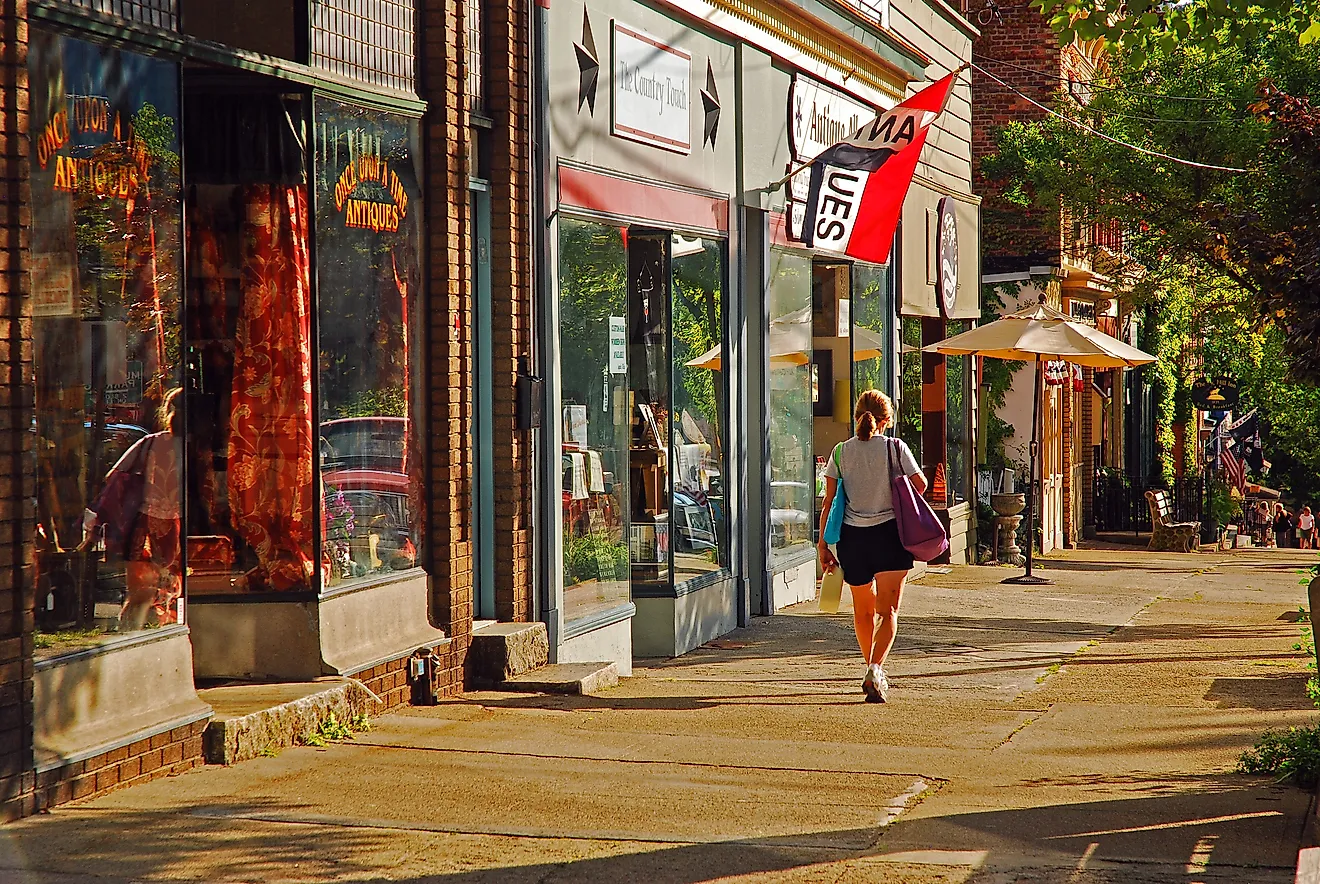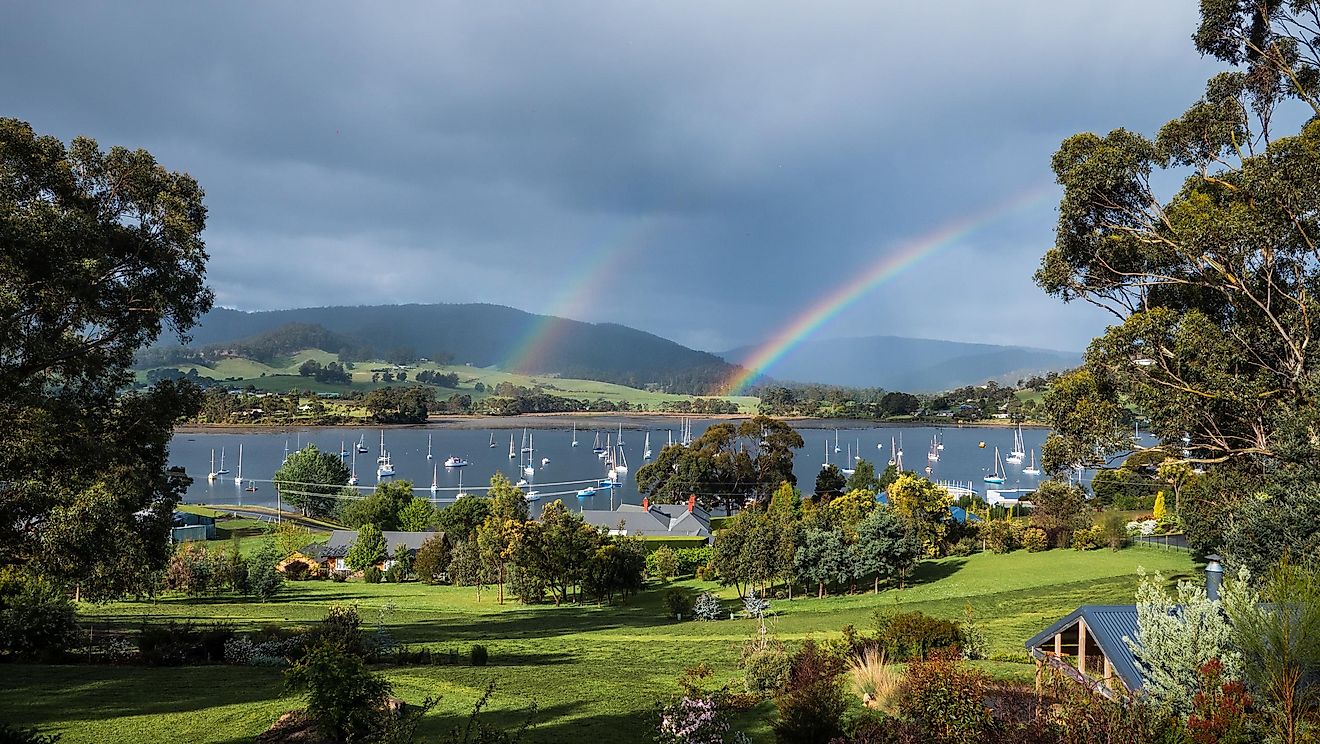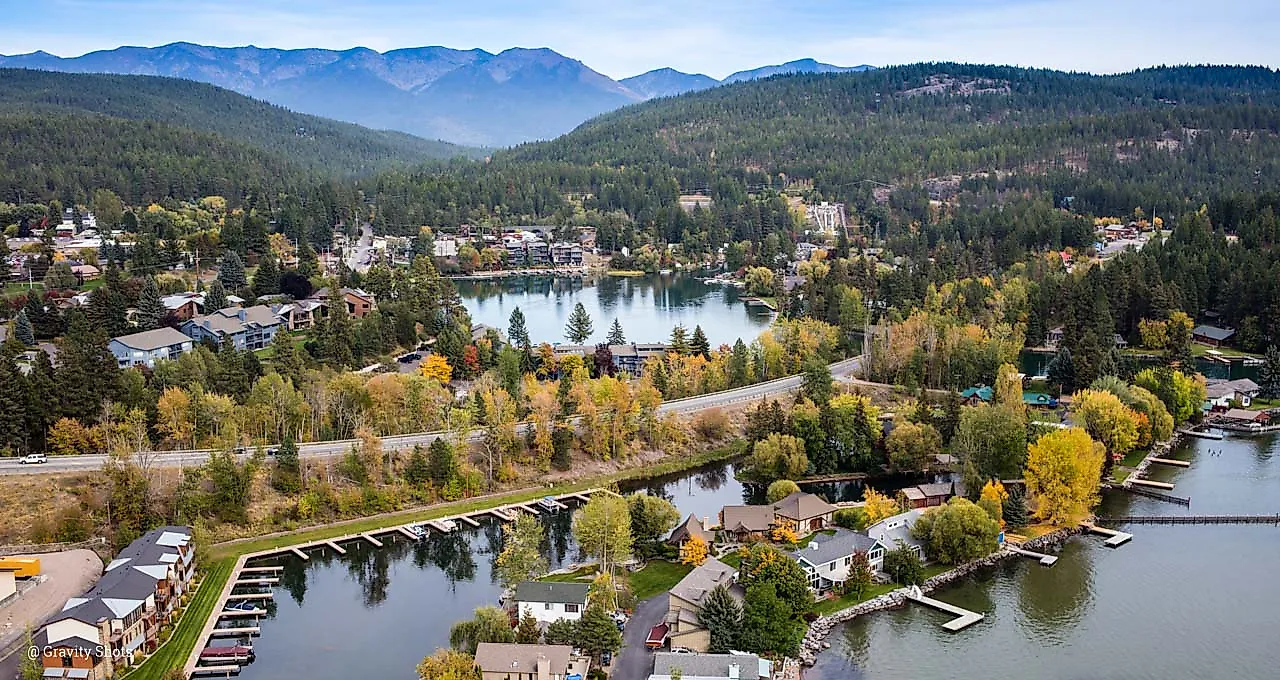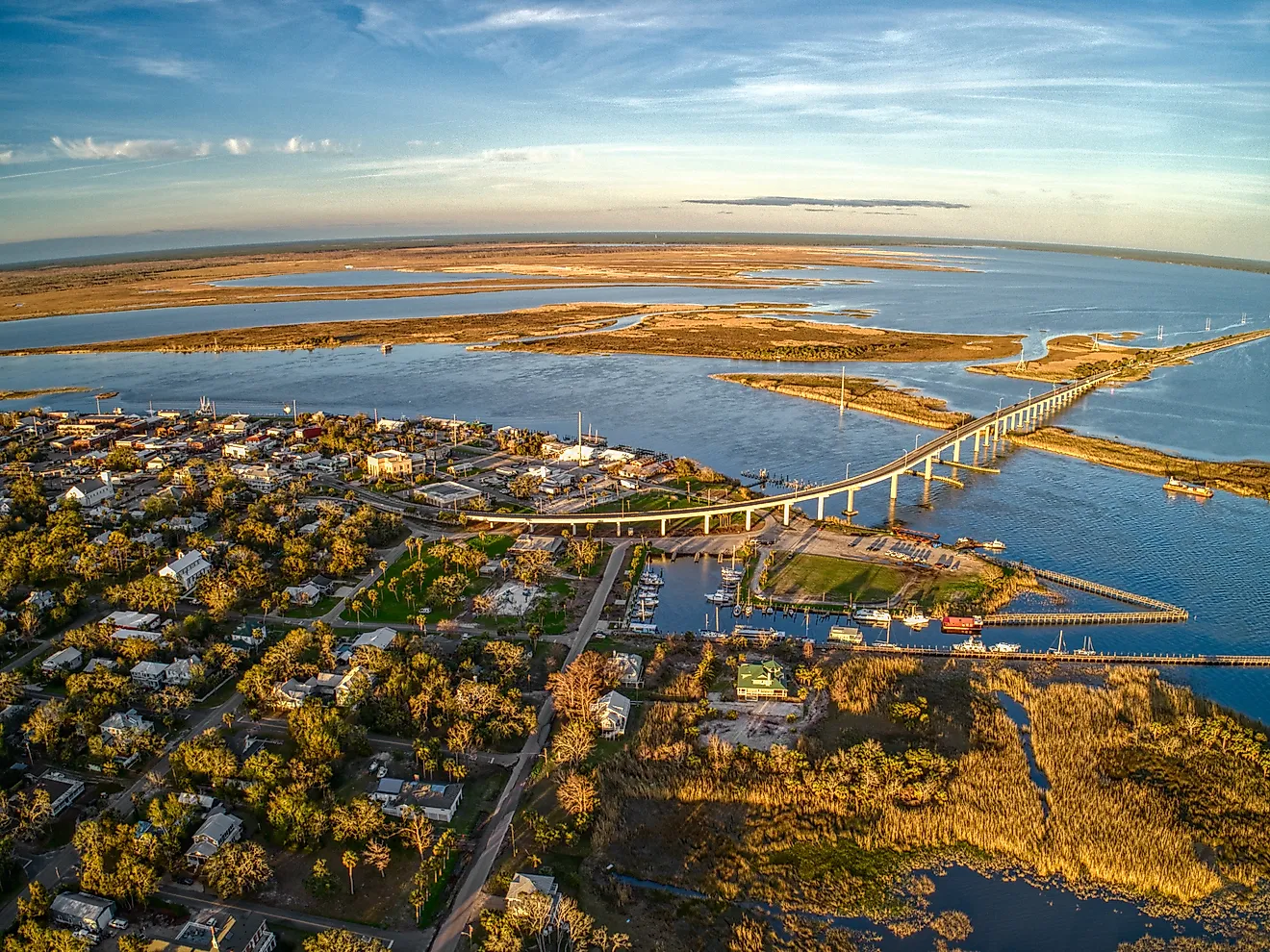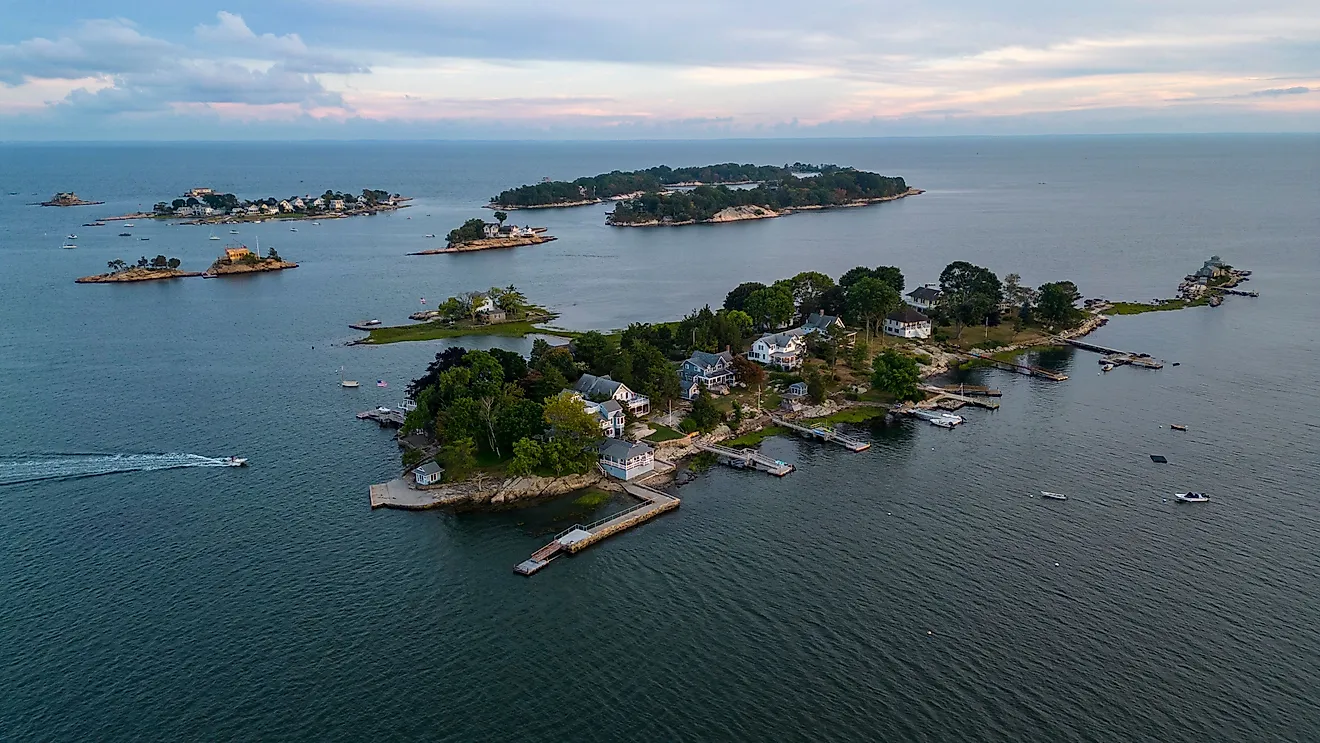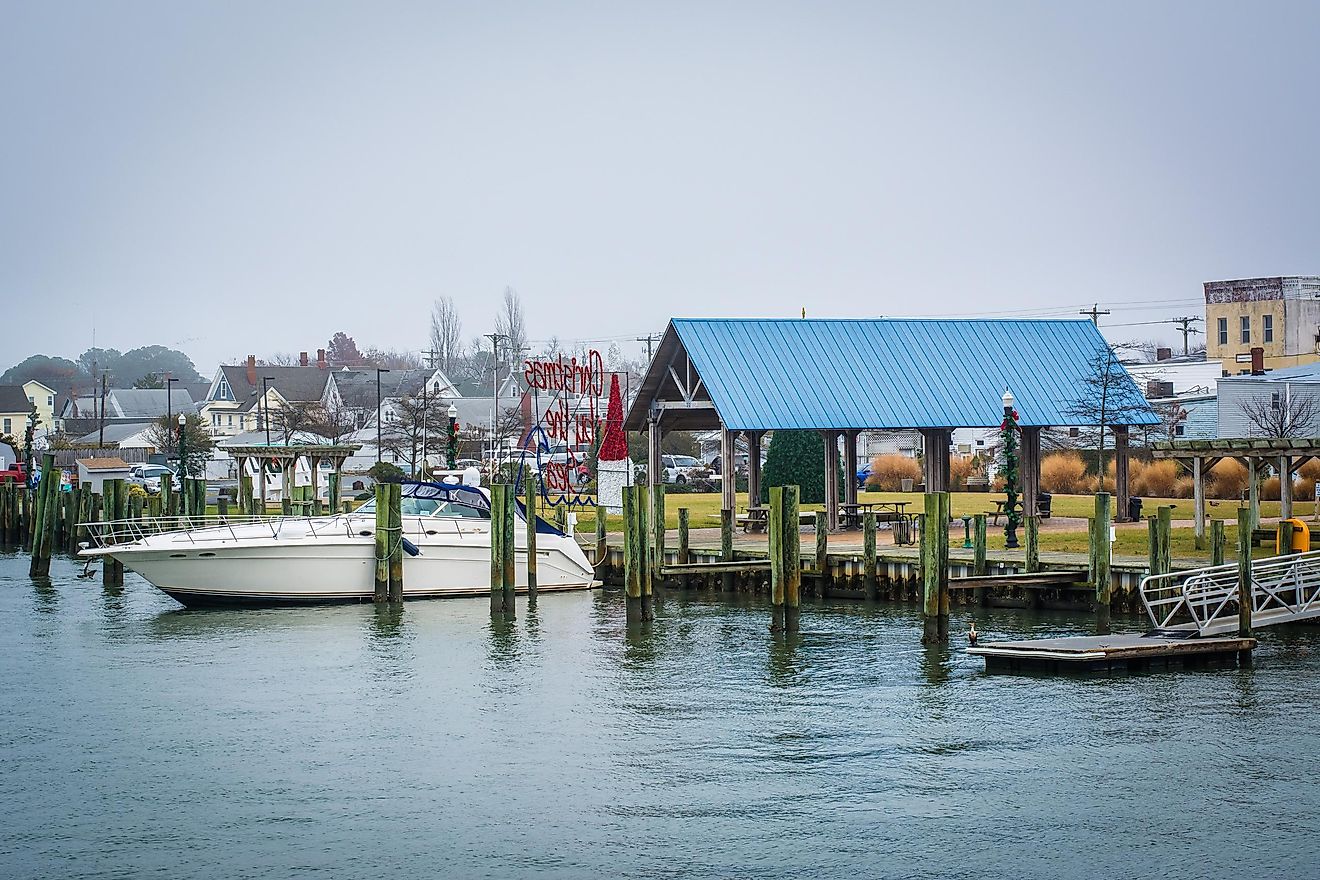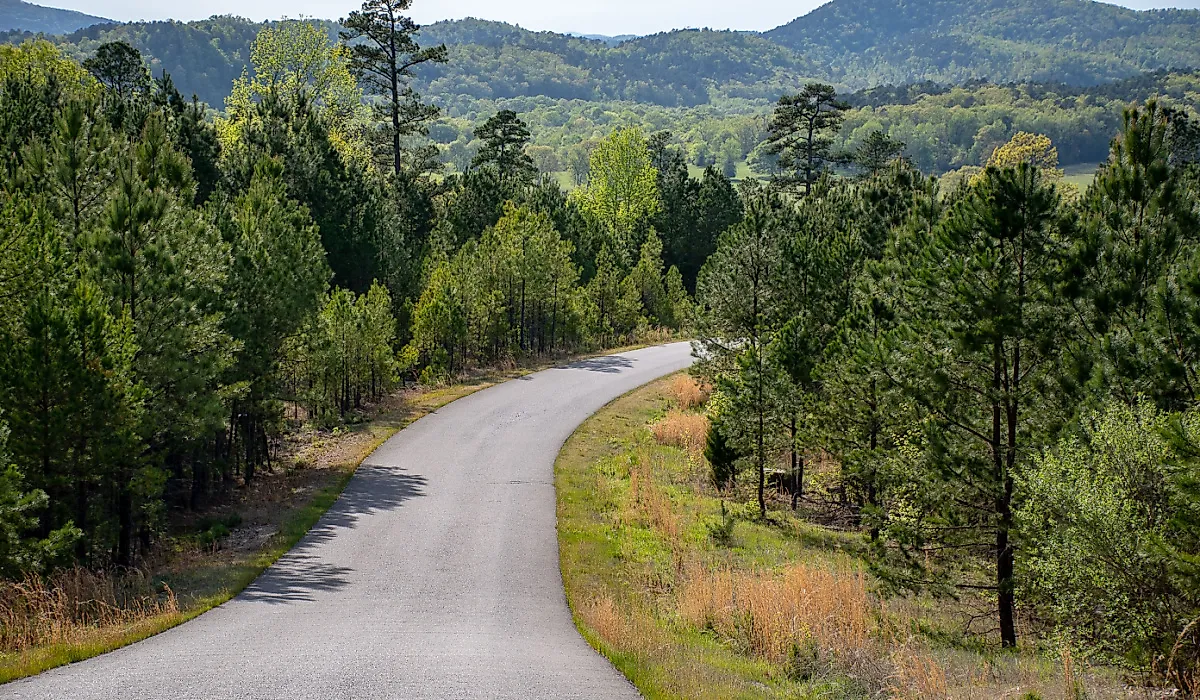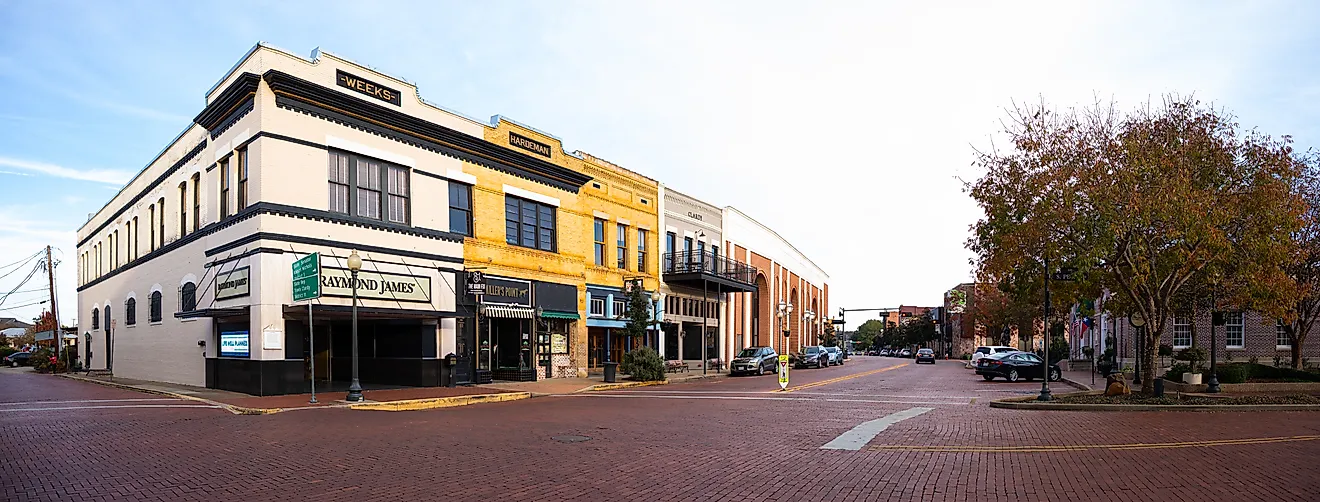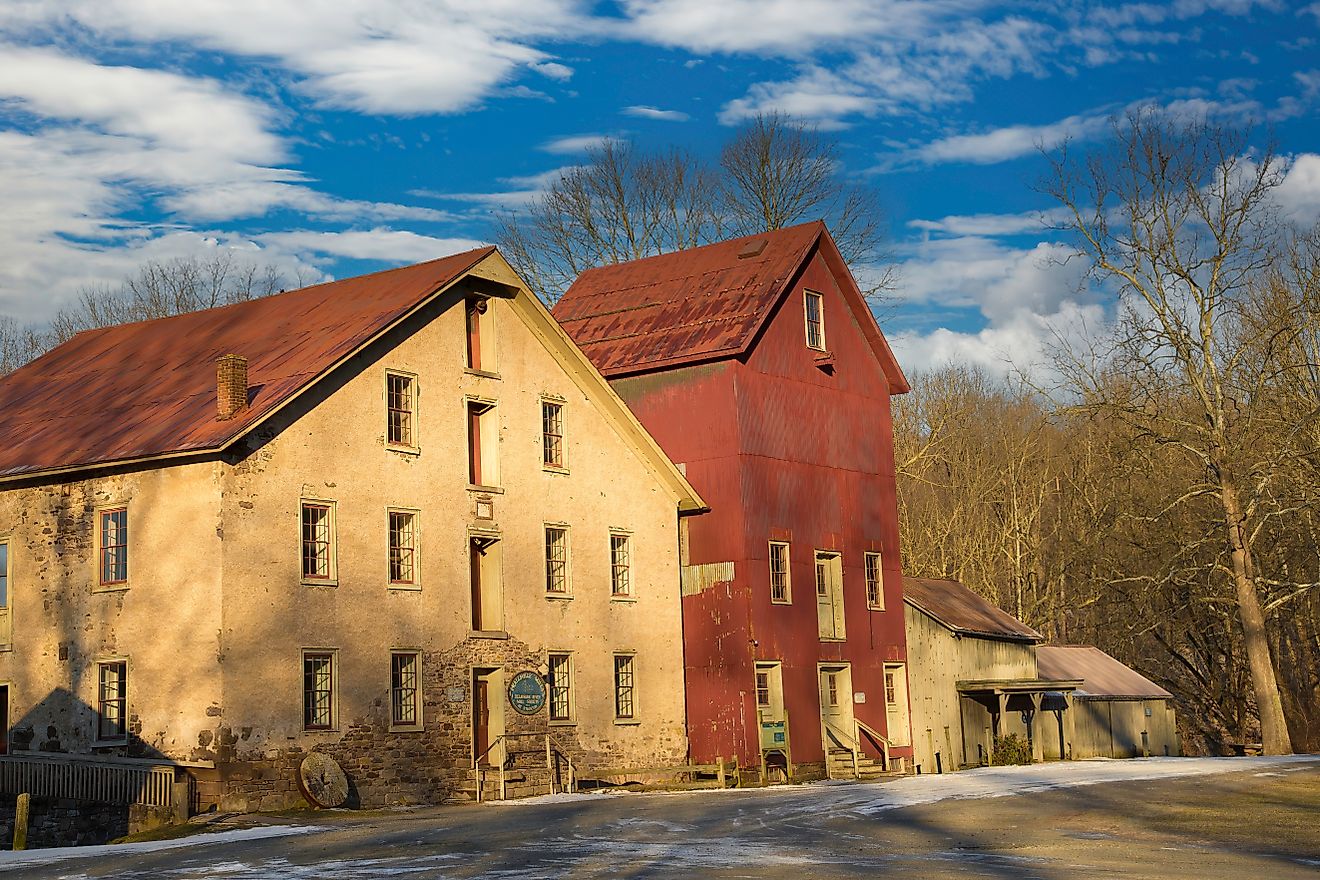
2025's 12 Most Scenic Oregon Towns
Oregon’s natural beauty stretches from the rugged Pacific Ocean to the high desert and mountain peaks of the east. Across the state, small towns sit in the middle of it all: framed by forests, rivers, beaches, and wide-open skies. These places are not defined by size or industry, but by the scenery that surrounds them. Whether you prefer ocean cliffs, alpine lakes, or canyon hikes, these twelve towns show Oregon at its most scenic. From the windswept sea stacks at Cannon Beach to the glacier-capped peaks above Sisters, each one invites you to slow down and take in the view.
Hood River
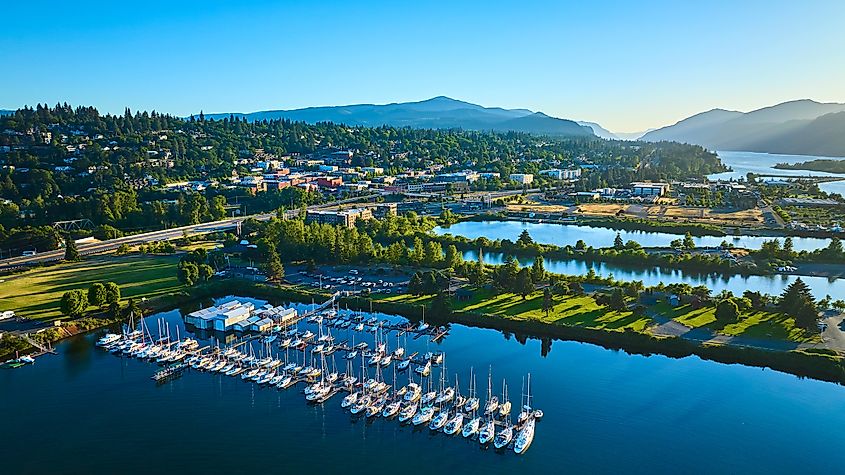
Hood River sits at the meeting point of the Columbia River Gorge and the Cascade Mountains, offering expansive views of both water and peaks. The Columbia River carves a deep gorge lined with cliffs, waterfalls, and lush greenery, creating a natural corridor that draws outdoor lovers year-round. Mount Hood, visible just south of town, rises sharply to 11,250 feet, its snow-capped summit dominating the skyline. Hiking trails weave through dense evergreens, leading to panoramic overlooks of river bends and basalt cliffs.
The nearby Columbia River provides a vast, shimmering surface ideal for kayaking or simply soaking in the serene waterfront. The area’s protected wilderness includes sections of the Columbia River Gorge National Scenic Area, where rare wildflowers bloom and bald eagles nest. Hood River’s combination of water, mountains, and forested landscapes forms a dramatic backdrop that defines the town’s identity.
Sisters
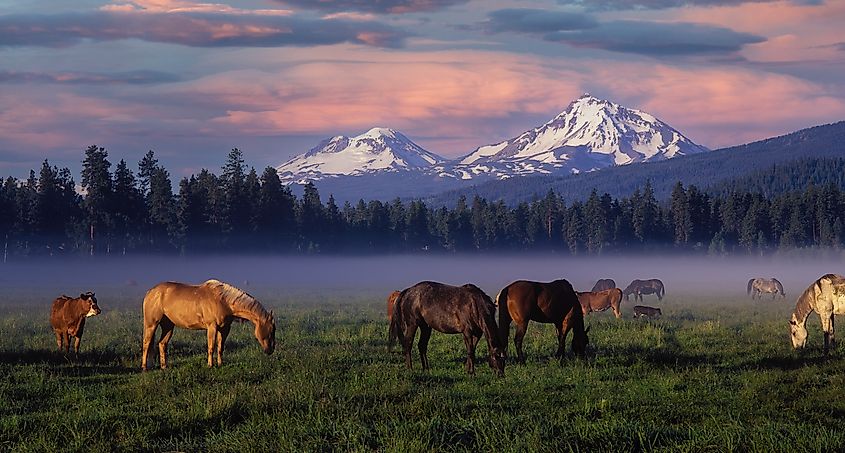
Sisters lies nestled at the base of the Cascade Mountains, engulfed by pine trees and volcanic peaks. The town offers easy access to the Three Sisters Wilderness, a protected area featuring rugged trails, alpine lakes, and dense woods. The iconic trio of volcanic peaks, North, Middle, and South Sister, towers above the landscape, their jagged ridges visible from nearly every corner of town. Rolling hills covered in wildflowers extend toward the horizon, creating vibrant colors in spring and summer.
Nearby, the Deschutes National Forest provides miles of hiking and horseback riding trails through diverse terrain, from open meadows to dense woods. Streams and small rivers cut through the area, supporting abundant wildlife and adding to the tranquil setting. At sunset, the peaks glow with warm hues, offering unforgettable sights that attract nature enthusiasts. Those who want to stay closer to town can relax at Creekside Park, which rests along Whychus Creek.
Cannon Beach
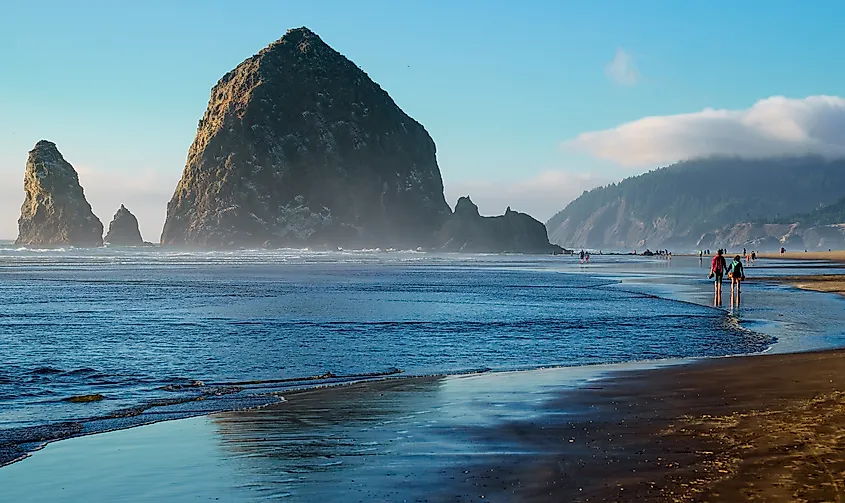
Cannon Beach rests along the shoreline, known for its wide sandy shores and dramatic ocean sights. The town faces the Pacific Ocean, where towering sea stacks rise from the water, creating a striking contrast against crashing waves. Haystack Rock, a 235-foot basalt formation, stands as an iconic natural landmark and nesting site for seabirds. Tide pools reveal colorful marine life during low tide, inviting quiet observation of starfish and anemones.
Nearby, Ecola State Park offers wooded hikes along cliffs that overlook the coastline, providing panoramic views of beaches and offshore rock formations. The park’s dense evergreen trees shelter diverse wildlife, including elk and bald eagles. Sunsets at Cannon Beach (the actual beach) paint the sky in deep oranges and purples, reflecting off the water’s surface.
Ashland
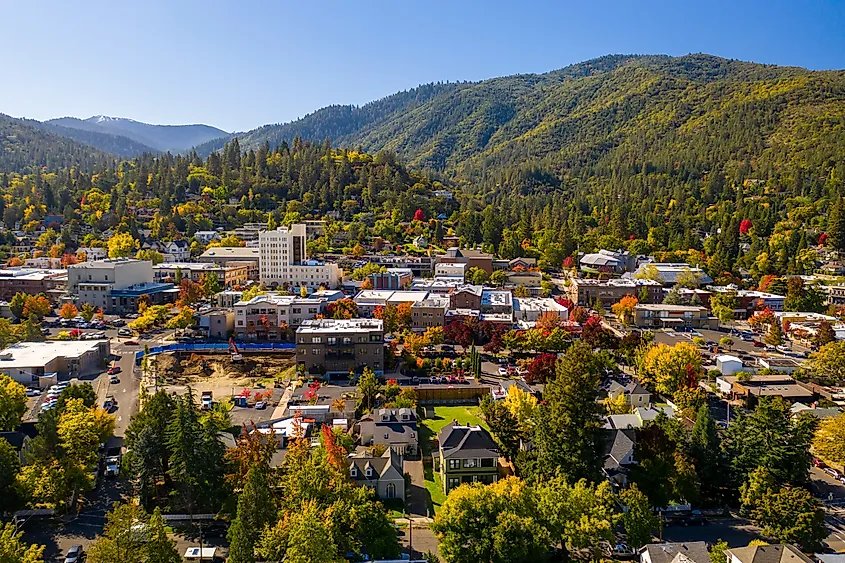
Ashland lies in the foothills of the Siskiyou Mountains, surrounded by rolling hills and river valleys. True to its location, the town abounds with oak woodlands and pine forests, creating a patchwork of greenery across the landscape. The nearby Cascade-Siskiyou National Monument preserves a unique mix of habitats, including rare plants and diverse wildlife. Among the 300+ species of animals, some like the Mardon’s Skipper and Oregon Spotted Frog stand out for their charm and rarity.
The scenic Lithia Park follows Ashland Creek through the town, which is lined with mature trees and peaceful walking paths. Hiking trails in the nearby hills lead to views of rugged ridges and open meadows. The Rogue River runs just south of Ashland, its clear waters cutting through steep canyons and providing habitat for fish and birds.
Yachats
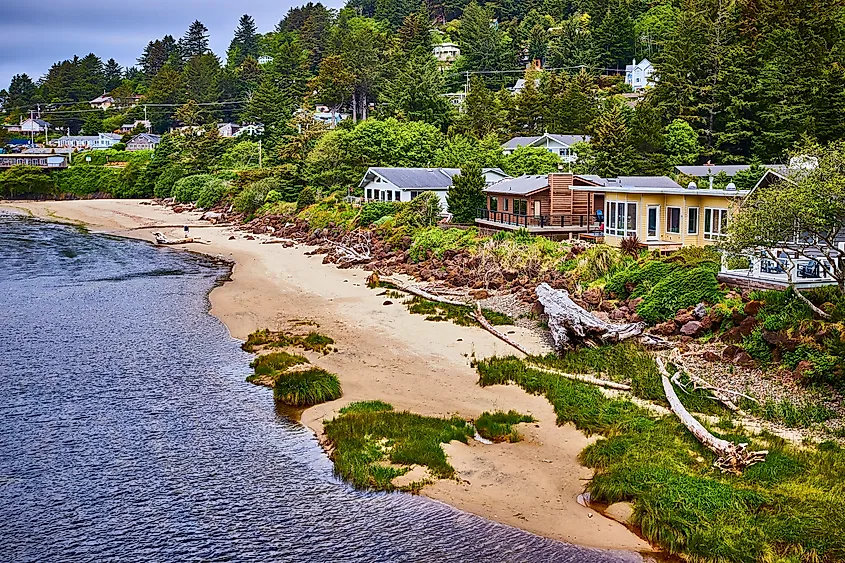
Yachats sits where the forest meets the ocean, perched on a rocky stretch of the Central Oregon Coast. Waves crash against jagged basalt cliffs, sending spray into the air and shaping dramatic coastal formations. The Pacific Ocean extends endlessly to the west, while to the east, the Siuslaw National Forest rises with dense evergreens and moss-covered trails. The forest spans over 600,000 acres and has amazing sand dunes for off-roading and waterfront areas ideal for fishing, camping, and mountain biking.
The town lies just south of Cape Perpetua Scenic Area, where a winding road climbs to nearly 800 feet above sea level to a viewpoint that reveals panoramic ocean vistas and coastal headlands. Nearby, Thor's Well and Spouting Horn, both natural saltwater features, add to the sense of wonder during high tide.
Joseph
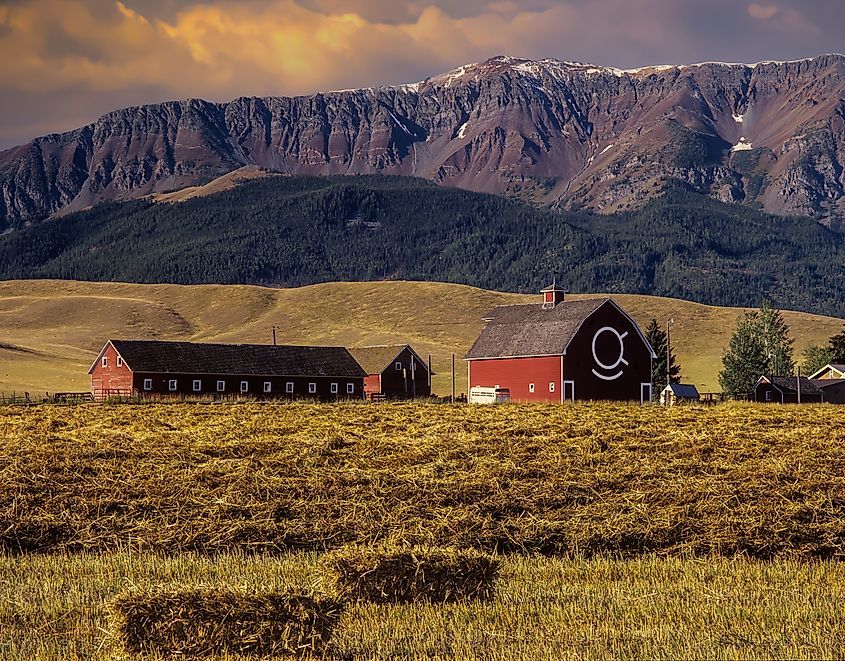
Joseph sits at the edge of Wallowa Lake, backed by the Wallowa Mountains. Sharp peaks rise quickly from the valley floor, creating a dramatic skyline that defines the town’s setting. The Eagle Cap Wilderness begins just beyond the lake, with hikes that climb through forests, cross rivers, and reach alpine meadows filled with wildflowers in summer. Wallowa Lake reflects the area’s slopes, especially in the early morning when the surface remains still and clear.
Wildlife is common throughout the area, including deer, hawks, and black bears in higher elevations. In the distance, granite ridges and open skies stretch in every direction, creating a sense of openness. For a quiet experience near town, the Wallowa Lake State Park at the lake’s southern tip offers campgrounds, boat docks, and hiking paths that lead to the base of the surrounding peaks, making it a perfect spot to watch the sun rise over Oregon’s rugged northeast corner.
Bandon
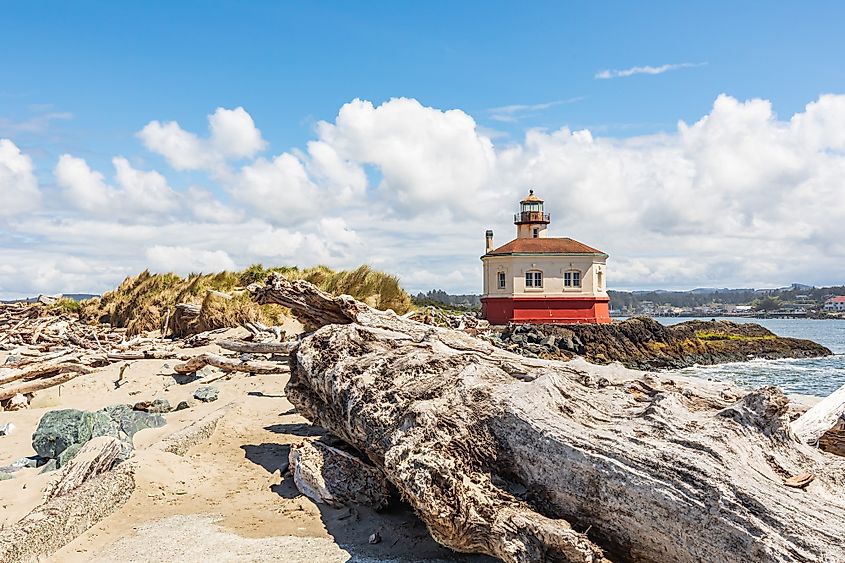
Bandon sits along the southern Oregon Coast, shaped by wind, water, and time. The beach is marked by sea stacks, caves, and sculpted rock formations that rise from the sand and ocean. At low tide, the shoreline reveals tide pools filled with sea stars, crabs, and anemones. The Coquille River meets the Pacific here, with its mouth flanked by grassy dunes and the steady crash of waves. Just north of town, Bullards Beach State Park includes wide stretches of sand and access to the historic Coquille River Lighthouse.
Inland, the landscape shifts to wetlands and pine groves that support migrating birds and other wildlife. Ocean views stretch for miles along nearby cliffs and overlooks, often met by fog rolling in from the sea. For some more exploration, the Bandon Marsh National Wildlife Refuge offers fishing areas, two public trails, and viewing platforms to take in the scenery.
Silverton
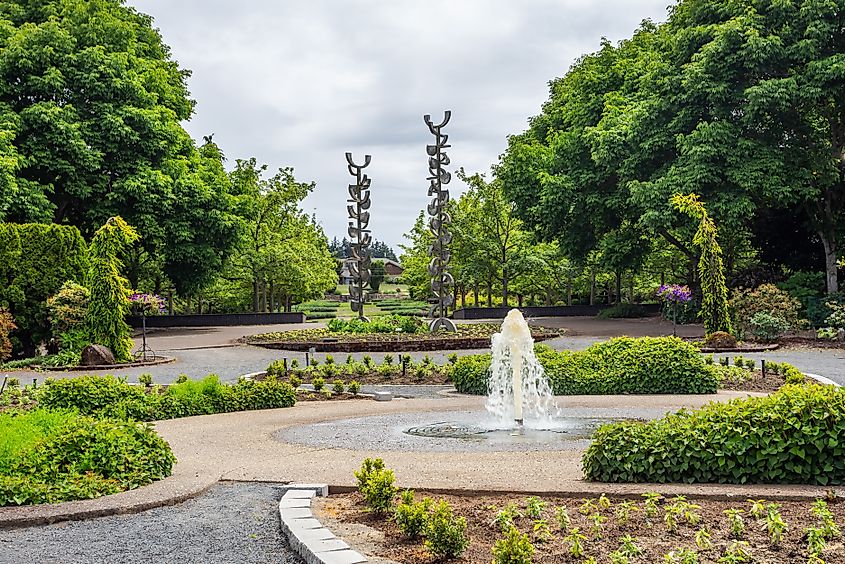
Framed by forested hills and farmland, Silverton stands as a gateway to one of Oregon’s most visited natural landmarks, Silver Falls State Park. Just outside town, this park features the Trail of Ten Falls, where hikers pass behind, beside, and above waterfalls surrounded by mossy cliffs and old-growth trees. South Falls, the tallest in the park, plunges 177 feet into a shaded canyon and sets the tone for the rest of the route. The area’s cool climate supports ferns, maples, and Douglas firs, creating a green canopy. In town, the Oregon Garden, a renowned 80-acre botanical garden, showcases native plants, wetlands, and themed garden rooms that bloom through the seasons, drawing visitors who want to experience Silverton’s peaceful setting up close.
Florence
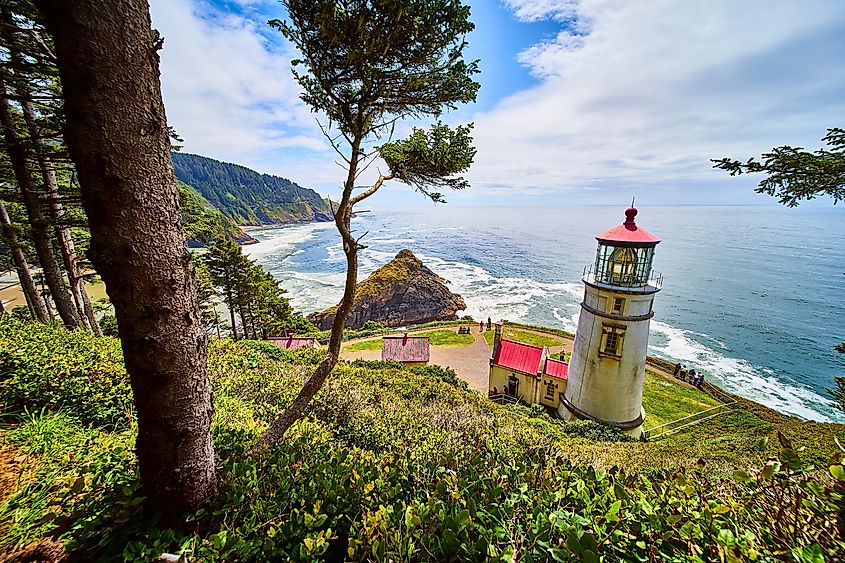
Florence sits between the Pacific Ocean and the Siuslaw River, surrounded by dunes, forests, and open water. The Oregon Dunes National Recreation Area begins just south of town, with wind-shaped hills of sand stretching for miles. Trails weave through the 31,000 acres of dunes, with access to wetlands, tree islands, and distant waves. To the east, the Siuslaw River flows through dense foliage before reaching the sea, attracting herons, eagles, and migrating salmon.
South of town, Heceta Head Lighthouse rises sharply above the shoreline, with cliffs, evergreen trees, and panoramic views of the ocean. Beach paths lead to tide pools, sea caves, and quiet stretches of sand. Cape Creek and nearby lakes add to the variety of water features, reflecting trees and sky on calm days. Just north of town, the Darlingtonia State Natural Site protects a rare coastal bog filled with native carnivorous pitcher plants, giving visitors a look at a unique pocket of Oregon’s ecosystem.
Baker City
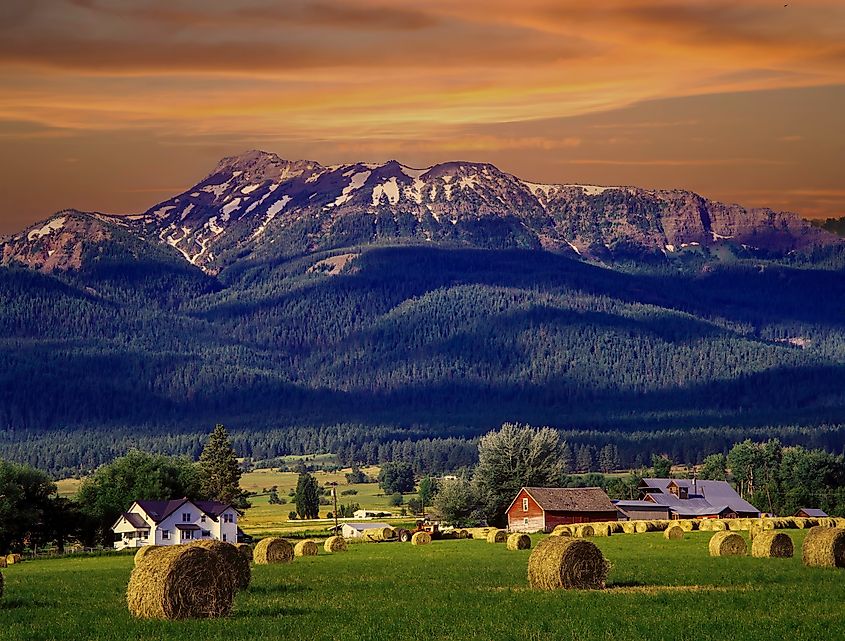
Baker City rests at the base of the Elkhorn Mountains, with open skies, dry hills, and high peaks surrounding the valley. The nearby Wallowa-Whitman National Forest spans over two million acres with endless features such as alpine lakes, rugged hikes, and sweeping views of eastern Oregon’s backcountry. In summer, the mountains turn green with grass and wildflowers, while in winter, snow covers the ridgelines in sharp contrast against the sky.
The Powder River runs through the valley, winding between cottonwoods and sagebrush. Scenic drives and hiking routes lead into the mountains, where mule deer, hawks, and mountain goats are often seen. The Elkhorn Crest Trail begins just outside town and rises above timberline, with long views reaching across the state. It stretches for 28 miles with an average elevation of 7,200 feet, challenging even the best hikers with some difficult yet rewarding sections.
Manzanita
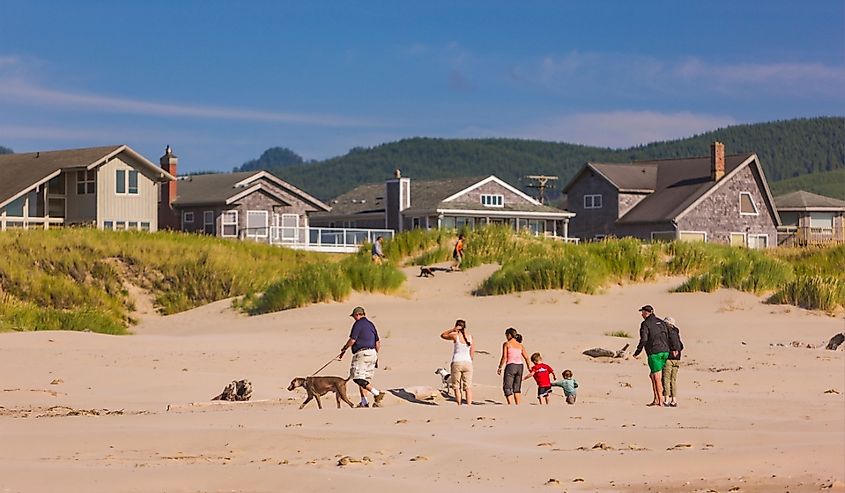
Manzanita rests at the foot of Neahkahnie Mountain, with a long, quiet beach stretching north to south along the Pacific. The mountain rises over 1,600 feet behind the town, covered in dense forest and often shrouded in mist. From its summit, the Oregon Coast Trail has a five-mile stretch that reveals sweeping views of the shoreline, the ocean, and the forested hills beyond. To the north, Oswald West State Park includes old-growth trees, coastal cliffs, and hidden coves. Loops pass through ferns and moss-covered ground, leading to overlooks high above the sea and down to Short Sands Beach, a small cove popular with surfers. Nehalem Bay, just to the south, brings calmer waters bordered by sand dunes and low-lying forest. Birds and elk frequent the area, especially near Nehalem Bay State Park, which offers over four miles of trails and a quiet campground near the water.
Brookings
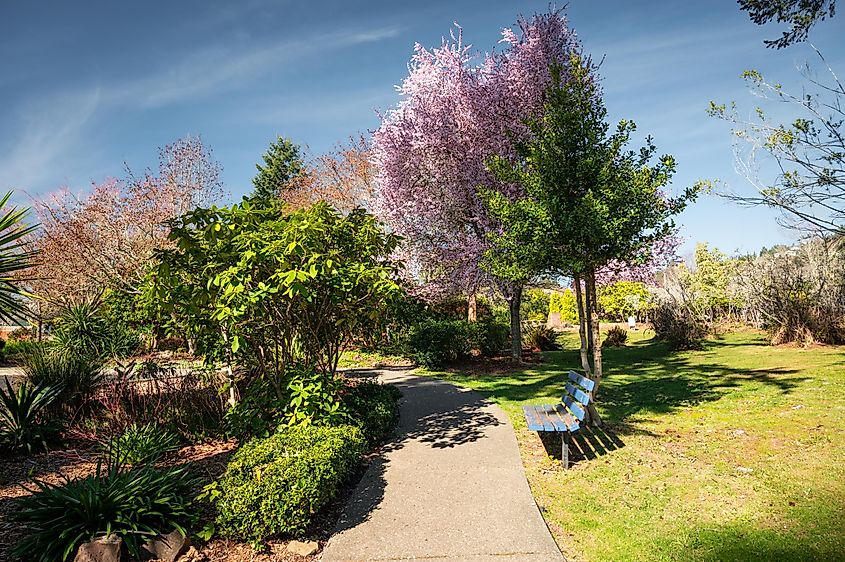
Brookings sits near the southern edge of the Oregon Coast, where the Chetco River meets the Pacific Ocean. The shoreline here is rocky and steep, with headlands, sea stacks, and small beaches hidden between cliffs. Harris Beach State Park lies just north of town, with tide pools, offshore rock formations, and walks that rise above the water. The park spans over 150 acres with great picnic areas, RV sites, and campgrounds for a full day out.
The nearby Kalmiopsis Wilderness spreads over 180,000 acres of canyons, rare wildflowers, and rugged routes that showcase this lesser-known corner of southwest Oregon. In total, the wilderness area has over 150 miles of trails and 24 established routes, so there is no end to exploration here. Last but not least, the Chetco River runs clear and cold, moving from mountain slopes through valleys before reaching the shore. It supports salmon runs, swimming holes, and a wide range of wildlife along its length.
Scenery In Oregon
Oregon’s scenic towns highlight the state’s strongest feature, its land. From verdant mountains to rocky shores and vast river valleys, each town connects directly to its surroundings. These places do not rely on size or speed, but on views, trails, and quiet moments in nature. Whether it’s watching the waves crash at Cannon Beach, camping beneath the Wallowa Mountains near Joseph, or hiking the dunes outside Florence, all twelve remind us that Oregon’s beauty begins just beyond the edge of town.
